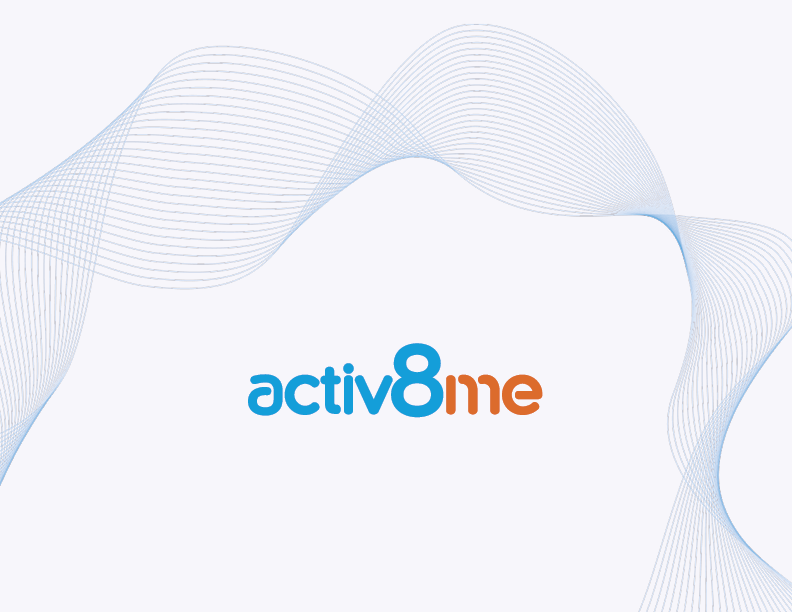Li-Fi X, the world's first Li-Fi capable dongle
June 22, 2016 9:47 pm
image courtesy of PureLiFi
Is it possible to connect to the Internet using your LED light at home?
With the advent of an innovative technology called Light Fidelity (Li-Fi), the answer is a resounding yes!
PureLiFi Chief Executive Harald Haas, who is the father of Li-Fi, has proven that this is possible when he launched the LiFi-X “dongle” at the recent Mobile World Congress 2016, the largest mobile trade fair in the globe that was held in Barcelona, Spain.
With their energy saving and safety features, LED light bulbs are now rapidly replacing their incandescent counterparts. Governments around the world, including Australia have passed measures to phase out incandescent light bulbs.
Technology firm PureLiFi has created a dongle that can easily connect to any LED light to help create a Li-Fi network. It aims to resolve the global struggle for diminishing wireless capacity by developing technology for secure, reliable, high speed communication networks that integrate data and lighting utility infrastructures to reduce energy consumption. Li-Fi was developed as a solution to the growing radio spectrum congestion problem.
How Li-Fi Works
LiFi-X consists of an access point that connects to any LED light to help create a Li-Fi network and a dongle the size of a business card that can be operated from any USB-enabled mobile devices. It uses visible light spectrum instead of radio frequencies to enable high-speed wireless data communication and Internet access. Li-Fi connection is more secure than the existing wireless fidelity (Wi-Fi) technology and could provide 100 times higher data rates for future mobile users.

How Li-Fi Works | image courtesy of pureLiFi
According to PureLiFi, standard LED light bulbs are controlled by a driver that turns the LED on and off, or dims and brightens it. With Li-Fi enabled LED light bulbs, the driver is used to transmit encoded data by controlling the LED light. A photo detector or optical sensor is used to receive the data, which is then decoded. The receiver dongle has optics and decodes the data and transmitted to your computer or mobile device.
Differences between Li-Fi and Wi-Fi
Purelifi.com explains the following differences between Li-Fi and Wi-Fi:
- Li-Fi uses the light waves from LED light bulbs to transmit data so it provides illumination and wireless data communications. In contrast, Wi-Fi uses radio signals, which are very limited. Thus, Wi-Fi connected devices must compete for bandwidth. The emergence of modern Wi-Fi enabled equipment, such as refrigerators, watches, cameras, smart phones, and tablets is causing congestion and degrades data communications.
- Li-Fi uses the frequencies of light waves, which are up to 10,000 times more plentiful than radio frequencies and do not compete with Wi-Fi signals. Li-Fi uses light, which is naturally safe and does not create Electro Magnetic Interference (EMI). On the other hand, Wi-Fi creates EMI, which is known to interfere with airplane instruments and hospital equipment. Wi-Fi is potentially dangerous in hazardous operations, such as power and nuclear generation, as well as in oil and gas drilling.
- Radio waves pass through walls and ceilings. Light waves don’t. Therein lies the difference in data security between Wi-Fi and Li-Fi. An intruder or hacker, outside a building can tap into the Wi-Fi data communications of computers inside the building. However, data communicated through Li-Fi can only be accessed where the LED light illuminates.
- The Wi-Fi standard 802.11a/g provides data communication rates up to 54Mbps and can be extended up to 1Gbps. In comparison, one LED light color can deliver 3Gbps speed. Furthermore, on a single LED light bulb with full color (Red, Green, Blue) this could communicate at speeds up to 9Gbps.
Stay tuned to learn more useful tips on how to get the best possible connection at home. To get the best Internet plans for your home, you can visit our Plan Guru or call 13 22 88 to speak to our 100% Australian advice specialists.
Tags: li fi, light fidelity
